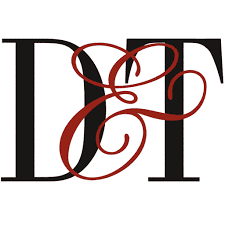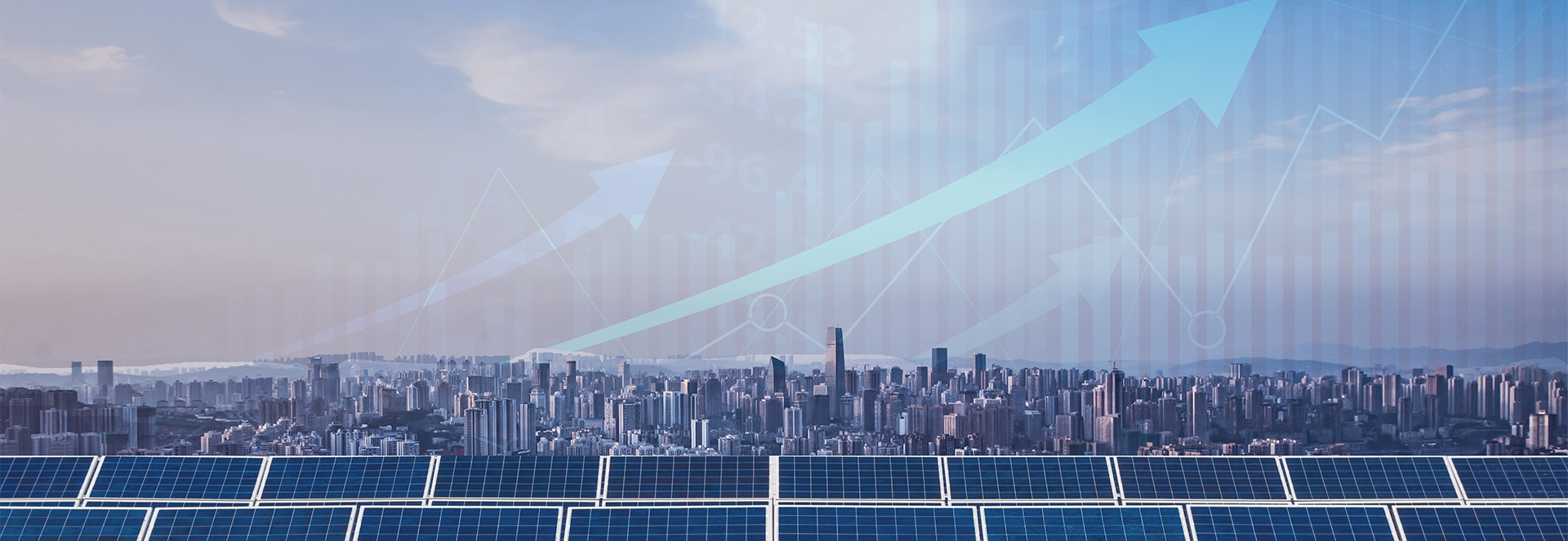
For investors
Why is it worth investing in solar power?
In short, because both globally and in Hungary, the aim is to bring renewable energy to the forefront in the world of increasing energy consumption. One of the cornerstones of this is developing the production capacity of solar power plants, for which now the state provides a guaranteed takeover price mechanism in the long-term. Investors who opt for shares in NAP Nyrt. invest in a company with a dynamic growth market, a secure customer base and a firm control over its costs. This business model also ensures a predictable and attractive dividend payout in the medium to long term.
A Nap Nyrt. portfoliójának termelési adatai és CO2 megtakarítási teljesítménye*
Current annual PRODUCTION
90 051
MWh
Current monthly PRODUCTION
2 991
MWh
PREVIOUS weekly PRODUCTION
292
MWh
Annual CO2 SAving
20 995
tons
Monthly CO2 SAving
697
tons
PREVIOUS WEEKLY CO2 SAving
68
tons
A Nap Nyrt. portfoliójának termelési adatai és CO2 megtakarítási teljesítménye*
Investor news
NAP Zrt. Information Document - Resolutions of the General Meeting (Annex 3) - 2021.10.19. [Download]
NAP Zrt. Information Document - Financial Statements (Annex 2) - 2021.10.19. [Download]
NAP Zrt. Information Document - Supplmenet (Annex 1) - 2021.10.19. [Download]
NAP Zrt. Information Document - 2021.10.19. [Download]
Annual report of NAP Zrt. for the business year 2020 - 2021.08.15. [Download]
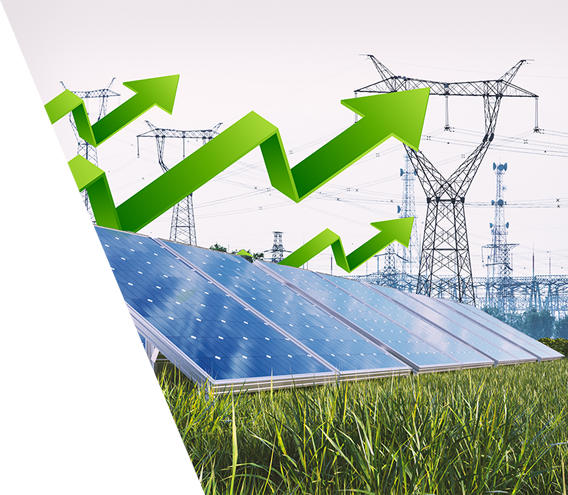
With its efficient investment plan, NAP Nyrt. aims to become the leading company in the domestic solar power generating sector by the end of 2022. The company’s capacity of 100MW already competes with the conventional fossil power generation.
In order to promote sustainable energy supply, the share of renewable energy in primary energy use is expected to increase from the current 6-9% to close to 20% by 2030. The government’s target is to invest in around 4,500-7,000 MW of new solar power plants by 2030. In Hungary, as of 31 June 2020, the total installed capacity of renewable power plants was 1,996 MW produced by 1,943 plants (source: MAVIR). From this, the installed capacity of solar power plants was 1,137 MW in 1,863 units, with the share of solar power plants in the total renewable KAT system exceeding 67%. In terms of solar power plants, 881 MW is the installed capacity of units with an installed capacity of less than 0.5 MW (78%), and 256 MW is the installed capacity of units with an installed capacity of more than 0.5 MW. In 2019, a total of 554 MW installed capacity was added to the KÁT and METÁR-KÁT systems in the form of 826 new entry units (balancing group members).
Hungary has set a target of at least 21% renewable energy share in gross final energy consumption by 2030, covered largely by solar energy. In the electricity sector, the central element of “greening” is the expansion of solar capacity, which will increase from just under 680 MW in 2016 to nearly 6,500 MW in 2030, and might significantly exceed 10,000 MW by 2040.
By the planned capacity increase, the share of solar energy in gross renewable electricity generation will rise in the next 10 years, reaching 58.3% by 2030 (according to Annex 2-3 of NEKT).
The new National Energy and Climate Plan of Hungary, which was published in January 2020, is the key document of Hungary’s energy policy. It outlines the future of the country’s climate and energy sector until 2030, with a view to 2040, together with other related action plans. The plan promises “clean, smart and affordable” energy supply.
Main objectives:
- focus on the consumers,
- strengthen the security of supply,
- transform the energy sector to become climate-friendly,
- exploit the economic development potential of energy innovation.
A key focus of Hungary’s energy strategy and National Energy and Climate Plan is renewable energy, which sets ambitious targets for all three sectors concerned: electricity, heating and transport.
LET’S TAKE A LOOK AT HOW THE DOMESTIC AND INTERNATIONAL SOLAR MARKET IS EVOLVING.
THE SHARE OF SOLAR ENERGY IN DOMESTIC ELECTRICITY GENERATION
Solar power is gaining an increasing share of the Hungarian electricity system. According to data collected in 2019, solar PV systems account for 10% of the domestic power park module, while the share of solar power in the national electricity generation (including night hours) was 3%.
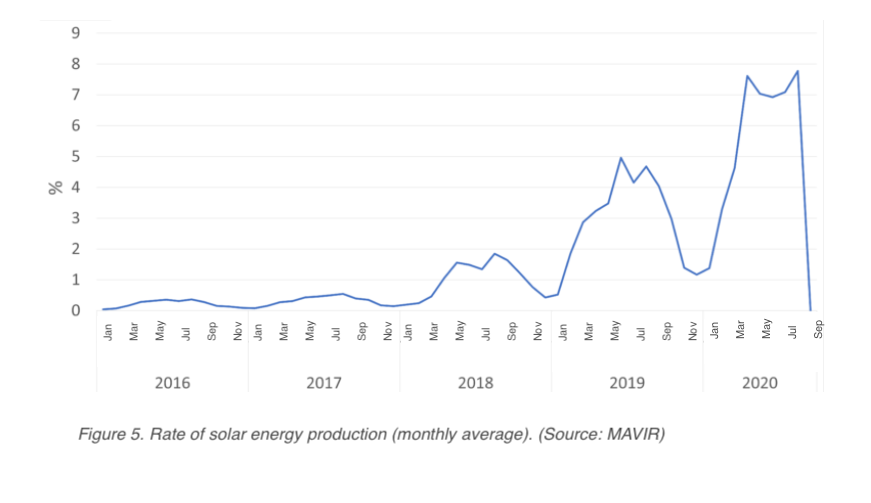 | 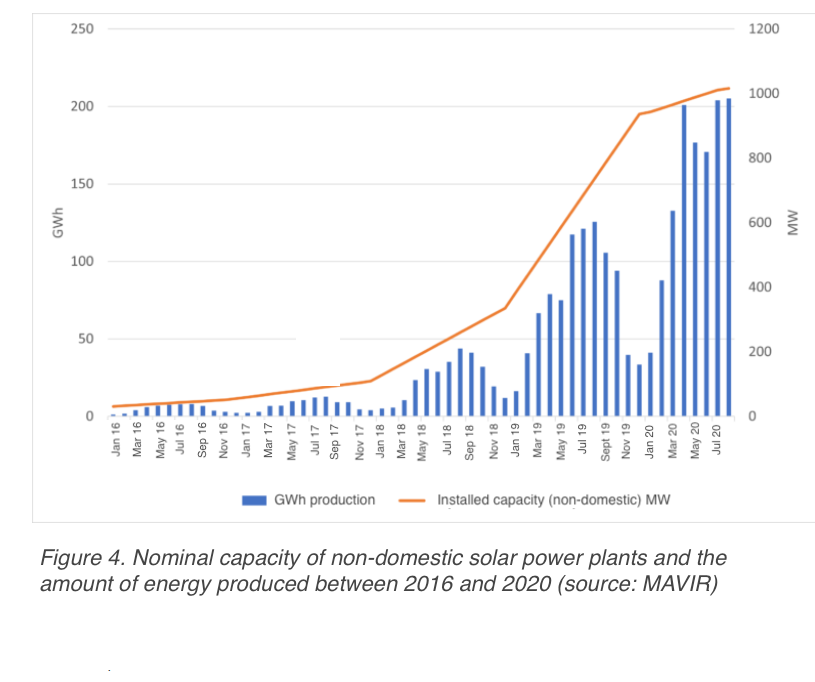 |
Between 10 am and 5 pm, in the peak summer hours for solar energy, solar power plants provided on average 3.9% of Hungary’s energy production in 2018, 11% in 2019 and 17.6% in 2020.
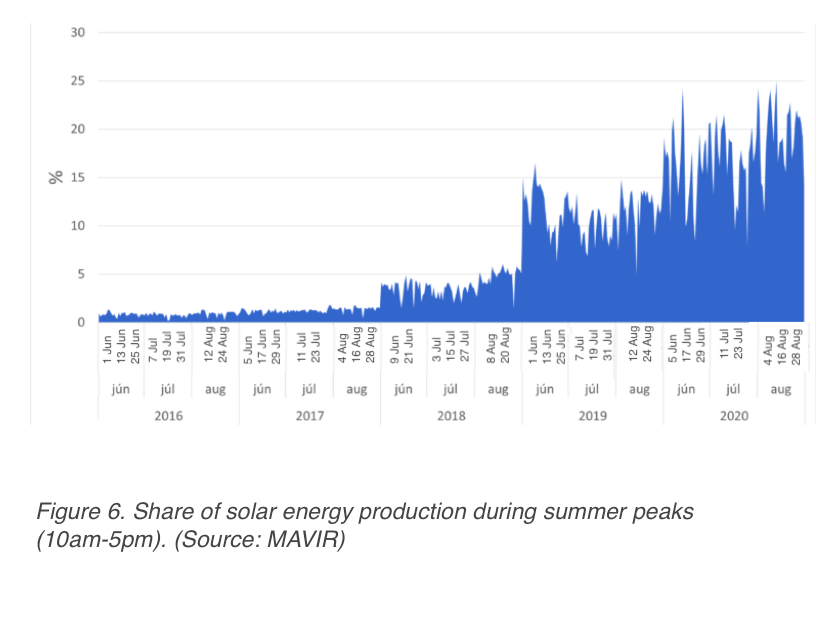
According to MAVIR, the highest solar energy production peak, 1003 MW, was set by Hungarian photovoltaic power plants on 2 August 2020, at around 1 pm. For a quarter of an hour in the afternoon peak period, solar power plants accounted for 24.25% of domestic electricity production.
NATIONAL ENERGY STRATEGY 2030
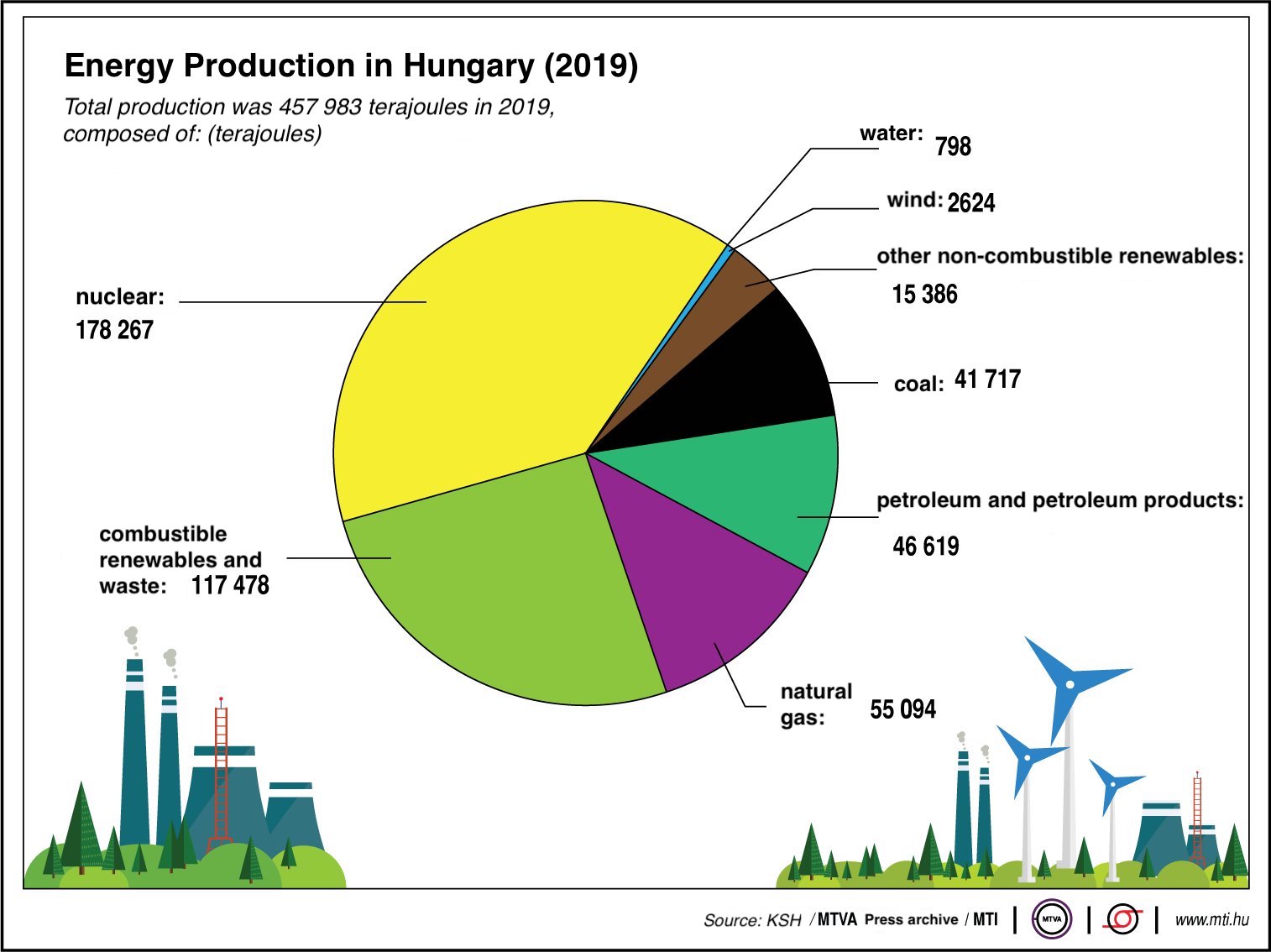 | 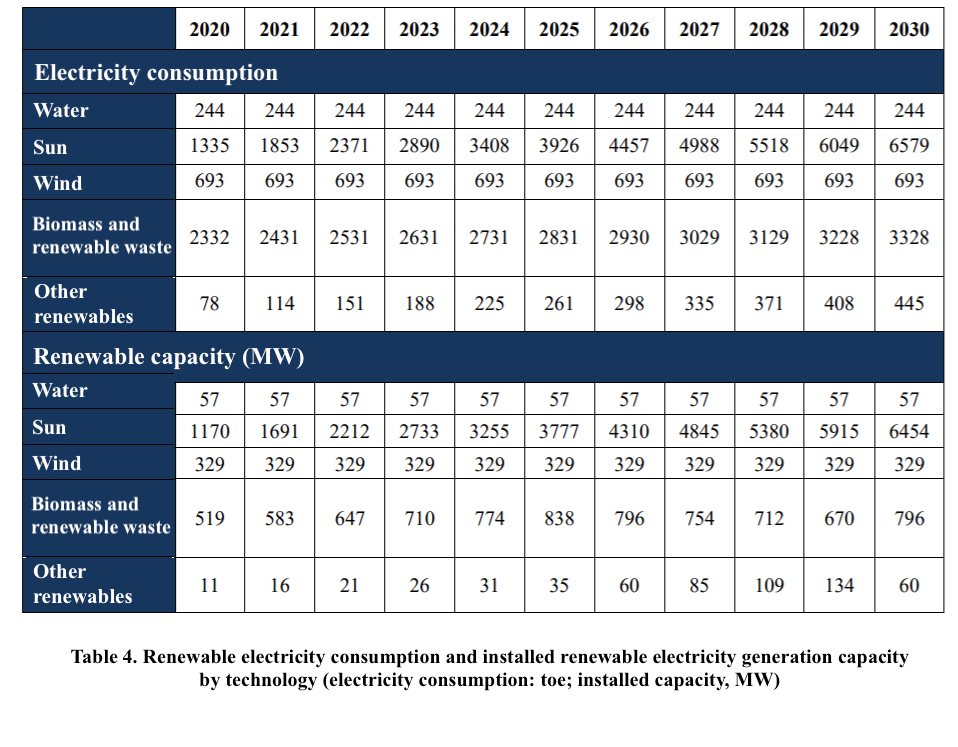 |
EU CLIMATE GOALS FOR 2030
By 2030, renewable electricity generation is projected to double to meet almost 60% of the EU’s electricity needs. The growth will be driven by wind and solar power, which will meet at least 40% of the EU’s electricity demand by 2030, according to the analysis of the EMBER Climate Research Centre and the National Energy and Climate Plan.

Global targets
Globally, solar power accounts for 2.6% of total electricity generation. The total installed capacity is 630 GW worldwide. Globally, newly built solar capacity accounted for 48% of the total new capacity (6% increase since 2018), with one in two newly built plants using solar power. In 2019, there was 117 GW of new solar capacity worldwide (up to 13% since 2018), of which about 20% was realized in Europe, which equals to double the increase from 11.2 GW to 22.9 GW (from 2018 to 2019). The expectation is that installed capacity will be 1.0-1.2 TW by 2022 and 1.2-1.7 TW by 2024.
News about the company
FIRST GREEN ELECTRICITY PURCHASE AGREEMENT IN HUNGARY (March 9., 2023.)
The execution of the first green power purchase agreement on the Hungarian market, under which Nap Plc. will provide a part of the electricity needs o...
